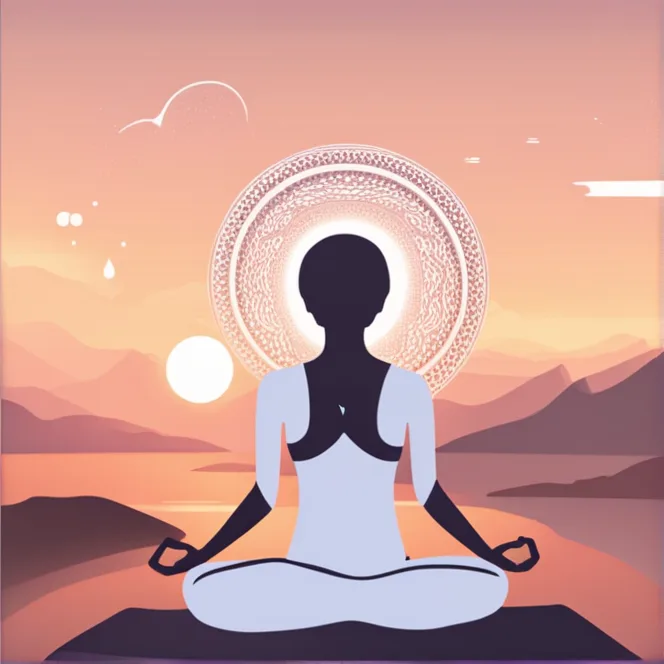
Meditation Techniques For Restful Sleep
Discover meditation practices to help you relax your mind and body for deep, rejuvenating sleep.
article by Hina Kurosawa
Understanding Sleep Meditation
Meditation for sleep is a calming practice that combines relaxation techniques with mindfulness to help individuals transition into a state of deep rest. This process of slowing down the mind and body serves as a powerful tool in combatting sleep irregularities like insomnia. By focusing on the present moment and letting go of the day's stresses, one can prepare the body for a restful night's slumber. A consistent nightly meditation routine not only aids in falling asleep quicker but also in achieving a higher quality of sleep throughout the night.

Setting the Scene for Slumber
The environment in which you meditate is crucial to its effectiveness in promoting sleep. Create a tranquil atmosphere in your bedroom that invites relaxation. This can include dimming the lights, playing soft background music, or incorporating soothing scents like lavender. Ensure the room temperature is comfortable and that you have ample blankets and pillows to support your body. A peaceful ambiance reduces distractions and signals to your mind that it's time to wind down.

Mindfulness Meditation
Mindfulness meditation is a technique where focus is placed on the present moment, observing thoughts and sensations without judgment. To practice this before bed, sit or lie down in a comfortable position and close your eyes. Begin to pay attention to your breath, noticing each inhale and exhale. As thoughts arise, acknowledge them and gently bring your focus back to your breathing. This practice can alleviate wandering thoughts that often prevent sleep, guiding you gently into a night of restfulness.

Body Scan for Relaxation
The body scan technique involves mentally scanning oneself from head to toe, observing areas of tension and consciously relaxing them. Starting at the crown of your head and moving down to your toes, focus on each body part. Take note of any discomfort, pain, or stiffness, and with each breath, imagine these areas loosening and softening. This method helps to release physical stress and prepares your body for a comfortable, deep sleep.

Guided Visualization
Guided visualization is a powerful meditation technique that involves picturing a peaceful scene in your mind's eye. The imagery can be anything that represents tranquility to you, such as a serene beach or a quiet forest. By immersing yourself in these calming visual experiences, your mind drifts away from daily concerns, making way for sleep to take over. Listening to a recorded narration can also assist in guiding your imagination and enhancing the experience.
Breathing Exercises for Calming the Mind
Breathing exercises are a cornerstone of many meditation practices and have a direct impact on the body's relaxation response. Techniques such as the '4-7-8 method'—where you inhale for four counts, hold for seven counts, and exhale for eight counts—can be particularly effective. This exercise helps slow down your heart rate and relaxes your nervous system, setting ideal conditions for sleep.
Mantra and Sound for Mental Ease
A mantra is a word or phrase that is repeated during meditation to help focus and calm the mind. Similarly, utilizing calming sounds or sleep-focused meditation apps can also create a peaceful state of mind. Chanting mantras or listening to repetitive, soothing sounds can ease you into a meditative state, acting as an auditory lullaby that ushers you towards sleep.
Published: 12/7/2023
Modified: 12/7/2023
More predictions
Come back here soon to learn more about yourself and your future


Meditation: Beyond Just Relaxation
Discover the multi-faceted nature of meditation as a practice that transcends simple relaxation, exploring its profound benefits for mind, body, and spirit.


Meditation: More Than Just Relaxation
Explore how meditation transcends basic relaxation to offer a myriad of psychological and physical benefits.


The Art Of Relaxation Through Meditation
Unveil the serene world of meditation and discover how it stands as a profound relaxation technique for mind and body wellness.